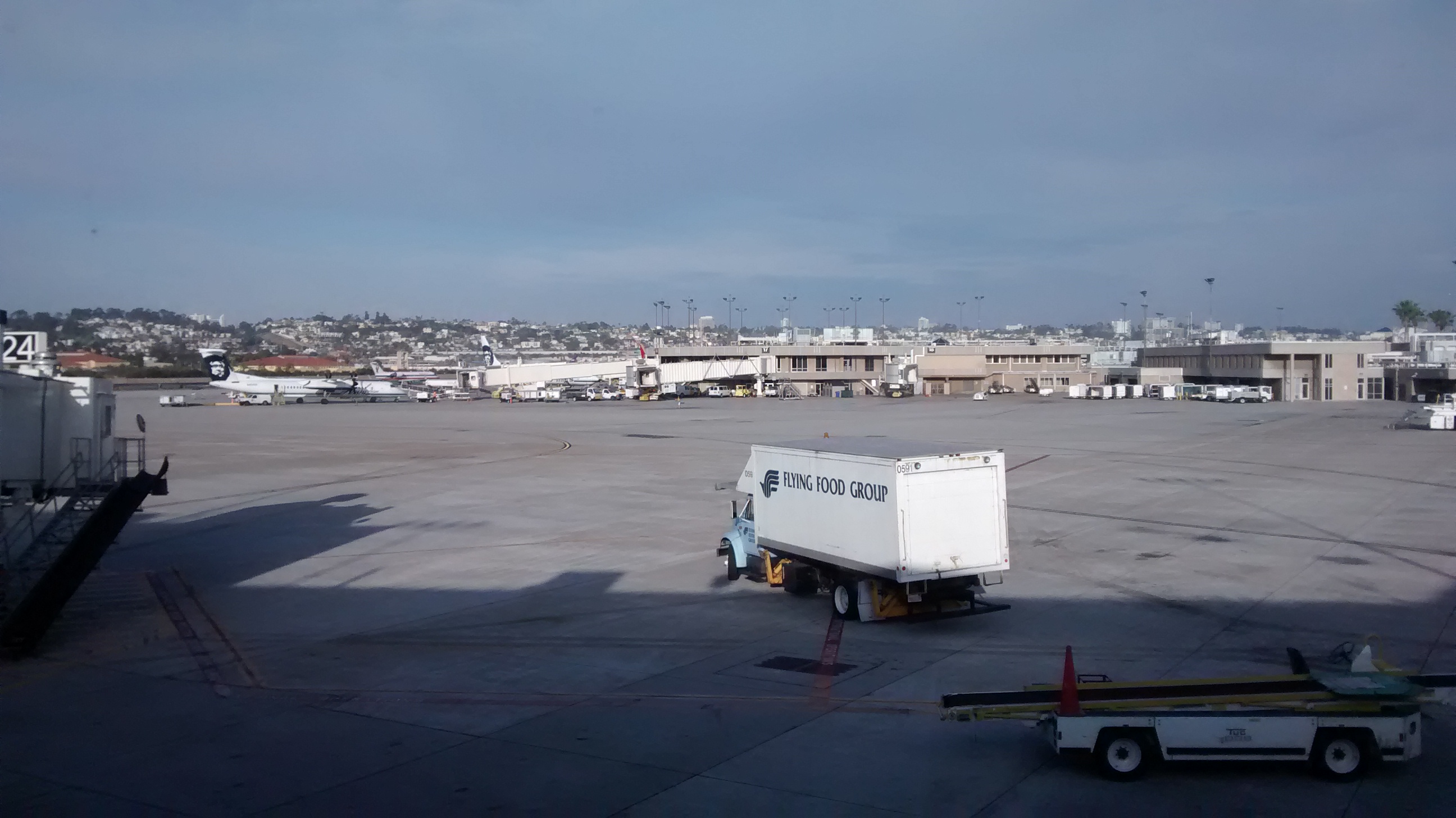Congratulations to everyone recently admitted to Princeton! You probably have some big choices to make this April, and I sympathize, since I have just completed making my own decision about where to attend graduate school in physics.
The graduate school decision process is a little different than the undergraduate one, but just as difficult and exciting. It starts at the beginning of February, when decisions arrive. Many undergraduate schools give you advance notice about when they'll post decisions, but physics graduate school applicants have no such warning.
For about three weeks starting at the beginning of February, decisions arrive in your inbox at seemingly random times. These times are sometimes quite strange; I received acceptances on Saturday afternoon and at 2:55 a.m. Even worse, many schools send out acceptances and rejections to different applicants at different times, which means that a friend might hear from a school before you do, and you may have no idea what that means. Given all this uncertainty, my friends and I were very stressed during February.
Luckily, however, we all did very well, and ended up with some wonderful schools to choose from. Though it was nice to have this variety, it did make deciding which school to attend harder. Most graduate schools pay for you to visit them and meet with their professors to help with this decision. I decided to visit four of the schools that admitted me: UCLA, UCSD, MIT and Princeton itself.
I started with the California schools. I left New Jersey on a wet, cold, nasty morning, so when I stepped out of the airport in Los Angeles that afternoon, I seriously considered picking UCLA just because of the weather. Walking around UCLA's campus a few hours later reinforced this initial, favorable impression. UCLA's campus is filled with fountains, grass and open, elegant architecture that takes full advantage of its California setting, and the result is stunning.

The next day, I talked with several UCLA plasma physics professors and toured UCLA's plasma physics facilities, which were very impressive. These meetings helped me to better understand UCLA's offerings, but they also helped me better understand my prospective field. Plasma physics is currently facing some funding challenges, and the UCLA professors had opinions about why these challenges are happening and how to work through them.
I left L.A. that evening for San Diego. This trip again impressed on me the beauty of California: My train raced past beautiful beaches and majestic hills, and I could easily picture myself moving to San Diego, buying a surfboard and juggling physics research with new, ocean-based hobbies.
The next day, I went to UCSD's campus. The UCSD professor with whom I would have worked was away from campus to give an invited talk. But I spoke with many graduate students and other professors, and I Skyped with this professor later in the month.
I left California that evening completely exhausted, but with more understanding of the two schools.

My next "visit" was to Princeton, which admittedly wasn't much of a visit, since it entailed only taking a shuttle to the Princeton Plasma Physics Laboratory (PPPL), where I would do my graduate work. I already knew a lot about the research facilities, so I spent most of my time meeting with Princeton professors I didn't know well and talking to other prospective students who were visiting at the same time.
My final visit was to MIT. This was also my longest visit; the MIT physics department's graduate open house starts early Wednesday morning, and ends midday on Friday. Even with all this time, I didn't feel like I got a full understanding of the department or of the school as whole because MIT is a very large and busy place. However, I was impressed enough with what I did see, and with the prospect of moving closer to my Vermont family, I decided to commit to MIT.

Though I'm satisfied with my decision, remembering that these are now my last days in Princeton makes me sad. This sadness is amplified by the excitement of the pre-frosh, who discuss Princeton's qualities in their Facebook group and send me more questions via private message. Every time I talk to them about the incredible opportunities at Princeton, I remember that I'm about to leave these very opportunities behind, and that these opportunities are pretty incredible. One pre-frosh recently requested a "pitch" of the strengths of Princeton's physics and astrophysics programs, and I leave my response here so you know what I mean:
"Princeton University and the nearby Institute for Advanced Study together host arguably the most exceptional community of theoretical physicists in the entire world, and this can lead to some pretty cool encounters. For example, a few weeks ago, a visiting postdoc gave a presentation about the topic I'm working on for my thesis. I went, and ended up sitting a few feet away from Juan Maldacena, a physicist responsible for huge advances in string theory.
The University also has many astro/physics opportunities that are probably unique. If you’re interested in biophysics, or just in seeing how physics fits with other sciences in general, the Integrated Science program would be perfect for you. JPs (junior papers) and theses make sure that everyone gets involved in research, and some of these independent works are actually published (more common in astro than physics, I think). PPPL is probably the best plasma physics research facility in the entire United States, and possibly the world, and it’s very easy to do a JP, thesis or internship there.
Beyond all that, physics at Princeton is pretty fun as well. Physics majors tend to be close to others in their year, since they bond over problem sets. The senior physics majors are sad that we’ll be parting soon, so we’re holding a series of physics parties this semester. The astro department typically has very few majors, so it is known for offering lots of individual attention and support."






